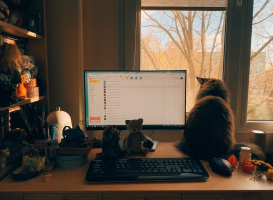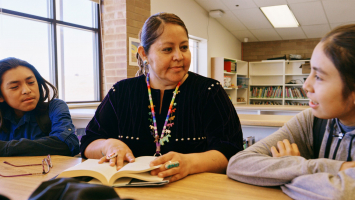Top 5 Best Ways to Teach Kids to Manage Their Own Conflicts
Whether it's a disagreement about who is out during a tense playground game or a deeper collision of ideals or personalities, any educator understands that ... read more...conflict between students is normal both inside and outside of the classroom. Helping students resolve problems with their peers is an essential component of classroom management. Furthermore, aiding kids in solving difficulties on their own is preferable. Let's find out the Best Ways to Teach Kids to Manage Their Own Conflicts below!
-
Teachers should have pupils think proportionally about their emotions to help them comprehend the many proportions of difficulties they may encounter, including how to judge disputes with other children. Students actively debate the difficulties they encounter. Then, using real-life examples, participants complete a worksheet on huge versus small difficulties.
Students write down several types of difficulties on sheets of paper, ranging from missing their homework to having a family in the hospital, then sort them into categories based on their size. Teachers and students can discuss the various sizes of problems, with one being the smallest and five being something large that affects many people and takes a long time to address.

via: Horizon TESOL 
via: Freepik -
Problems can exist any place at the most basic level. Students can use a six-step peace path to manage their own disputes and resolve them. The path is typically spray-painted or hand-painted onto an asphalt concrete surface, with lines for where each student's feet can be placed.
Students progress through the path while standing across from each other on opposite sides of the path, answering a series of questions aloud: what is the problem? how do you feel? how do you think the other party feels? Students discuss alternatives collaboratively, with adult supervision, and agree on a plan to go forward amicably. And, depending on the pupils' knowledge of the process, they may be asked to work independently.
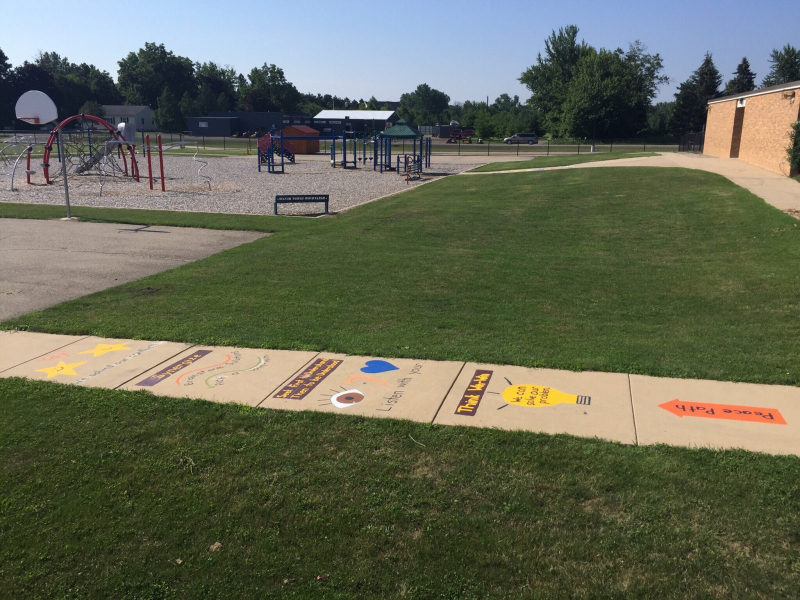
via: Leader in Me 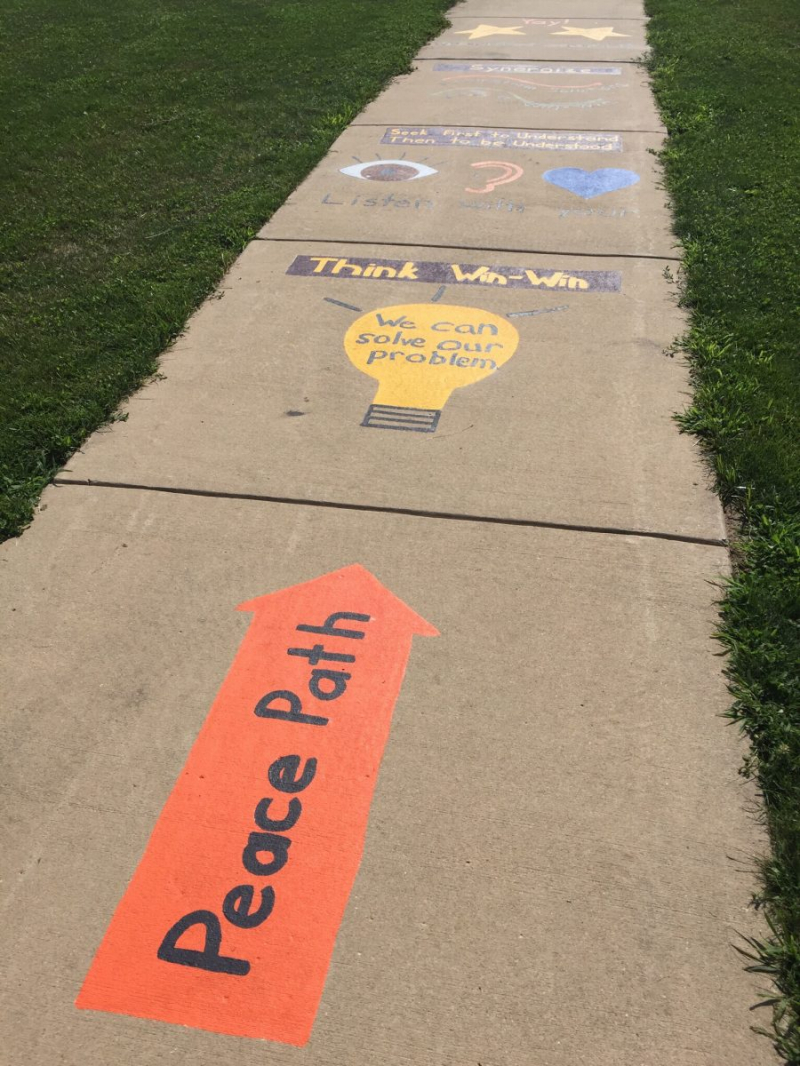
via: Leader in Me -
Strengthening pupils' capacity to appraise their options and consider a variety of alternatives and potential outcomes leads to better, less impulsive choices when handling conflicts. Filling out a decision matrix helps students demonstrate empathic thinking by offering a framework for them to consider the costs and rewards of their actions. Students can use a simple point system to analyze options and evaluate the impact (pros and cons) on themselves and others. Positive numbers represent pros, while negative numbers represent disadvantages.
For example, a student may have to choose between tormenting a classmate and being an ally to the victim or participating in the bullying. A course of action scores zero points if the student cannot envision any positive results. The student next considers the various negative effects of the action, such as damaged feelings or punitive consequences for anybody involved, and deducts one point for each. While an actual decision matrix is not always available on the playground, once mastered, the procedure can be utilized rapidly to examine the possibilities in a prospective disagreement.

via: British Council Learn English 
via: Edutopia -
The teacher can have her students write down a problem or issue they are having on a sticky note at the start of class. While the method can be applied to any type of problem, academic or interpersonal, it is especially useful for conflict resolution. Each student has one minute to talk about their problem after being matched with a classmate, and their allocated partner can provide suggestions on how to address it.
Students should do this task every three to four weeks to help reduce stress and practice problem-solving skills. It also demonstrates to kids that their teacher is concerned about their well-being and allows pupils to learn that sometimes going to others with concerns might provide a fresh viewpoint.
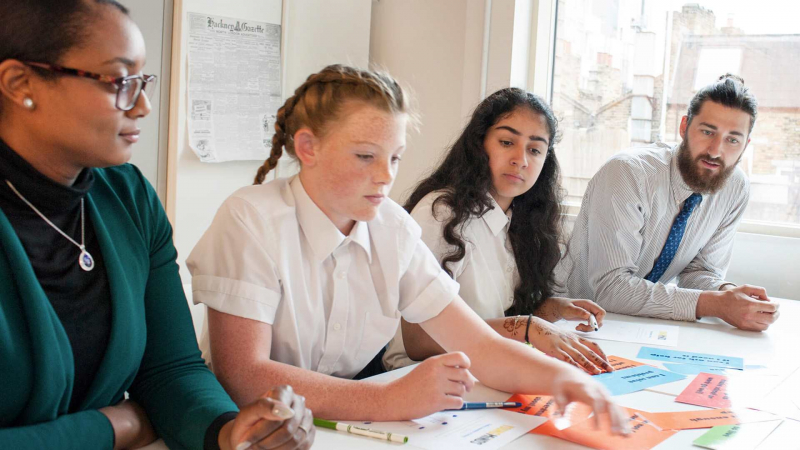
via: YoungMinds 
via: City Pass Guide -
Fifth-grade pupils in elementary school should be trained in the art of peer mediation. Then, as members of the peace team, they can assist third- and fourth-graders in mediating conflicts on the school grounds. When a member of the peace team notices a possible problem, they approach the kids and ask if they want to participate in peer mediation. Students can also request peer mediation if all sides are ready to participate.
Students are brought to a quiet spot on campus designated for these discussions, and the settlement process begins under adult supervision. Depending on the nature of the issue, this can take only a few minutes or several days.
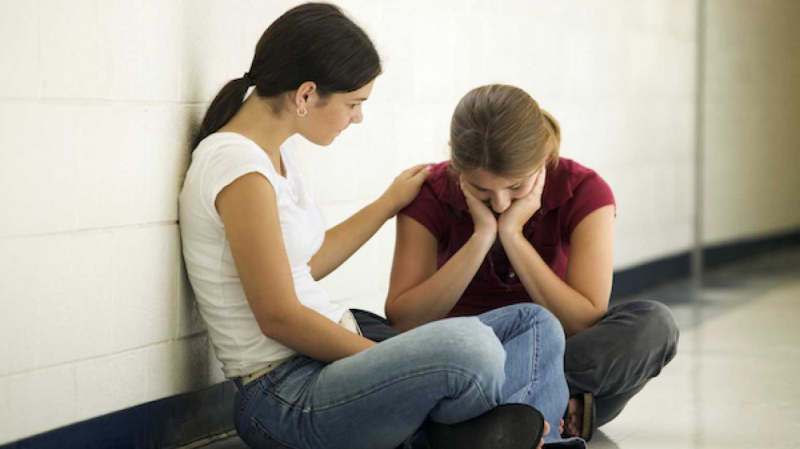
via: Guideposts 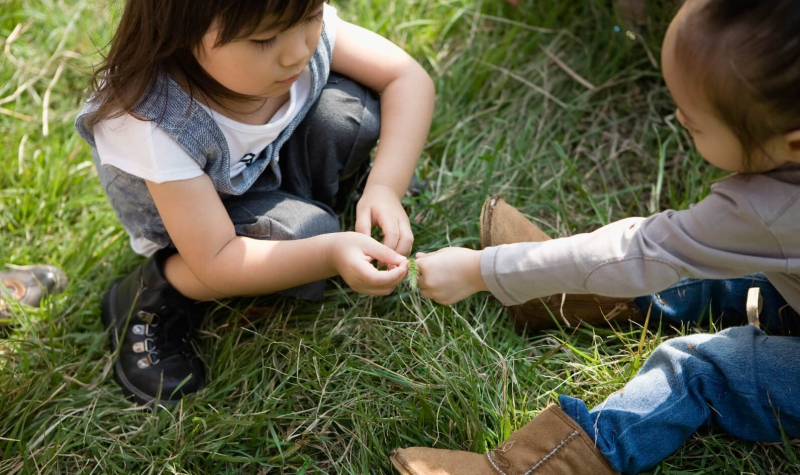
via: PBS








